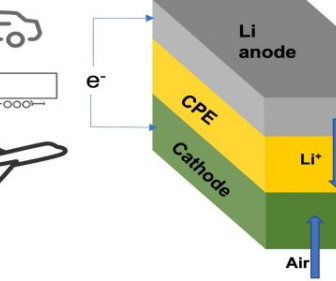IIT, Argonne team designs Li2O-based Li-air battery with solid electrolyte; four-electron reaction for higher energy density
Green Car Congress
FEBRUARY 25, 2023
Researchers at the Illinois Institute of Technology (IIT) and US Department of Energy’s (DOE) Argonne National Laboratory have developed a lithium-air battery with a solid electrolyte. A lithium-air battery based on lithium oxide (Li 2 O) formation can theoretically deliver an energy density that is comparable to that of gasoline.






















Let's personalize your content